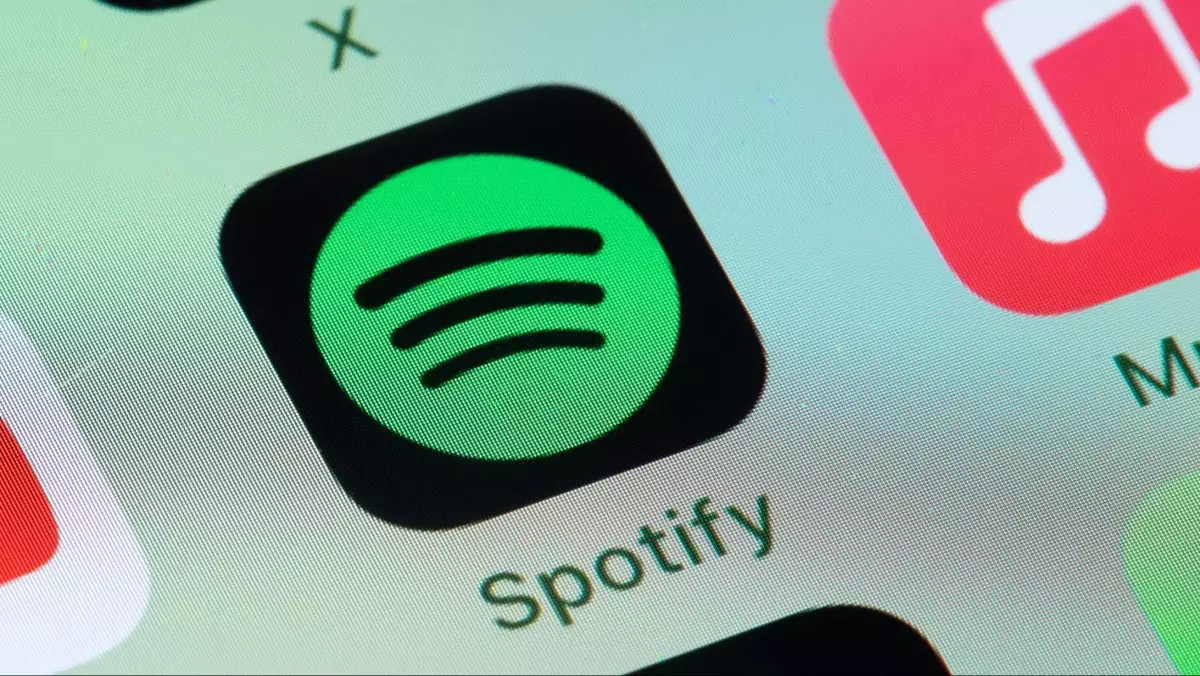Spotify’s recent announcement on enhancing its podcast services reflects a significant strategy shift aimed at challenging YouTube’s dominance over video content. The streaming giant revealed plans to compensate podcast hosts for popular video content, effectively incentivizing creators to integrate video elements into their podcasts. As it positions itself as a formidable player in the video podcasting arena, Spotify is not merely adding features; it is redefining the landscape of podcast monetization.
The strategy echoes YouTube’s proven business model, which channels billions in ad revenue to its creators each year. By aligning its compensation structure with the level of engagement generated by podcasts, Spotify is seeking to enhance creators’ fiscal motivations. This shift promises to establish a more nurturing environment for content creators, thereby attracting a broader pool of talent. In its bid to create an ecosystem akin to YouTube’s, Spotify is implying that engaging content warrants rewards, thus fostering creativity and innovation on its platform.
In an effort to elevate user experience, Spotify will offer premium subscribers the ability to watch video podcasts without interruption from ads. This development aims to create a seamless viewing experience, encouraging listeners to consume more content on Spotify rather than diverting to competing platforms. However, while the allure of an uninterrupted experience is compelling, the long-term sustainability of this model raises questions. If ad revenue becomes insufficient due to reduced interruptions, will Spotify’s profitability suffer? Striking a balance between user satisfaction and revenue generation will be paramount.
Spotify’s timing for this initiative coincides with a notable trend in podcasting: the increasing preference for video formats. With research indicating that two-thirds of podcast listeners gravitate toward video content, the demand for an audiovisual experience is evident. The growth rate for creators publishing video podcasts on Spotify—surpassing 50% year-over-year—also signifies an industry-wide shift toward video integration. The current competitiveness within the podcast space suggests that video content is not a fleeting trend; rather, it represents a foundational shift in how audiences consume podcasts today.
Despite Spotify’s advancements, its competition with YouTube looms large. YouTube remains unparalleled in its reach and engagement metrics across video content, which poses a significant challenge to Spotify’s ambitions. The recent disclosure of over 300,000 video podcast shows on its platform underlies Spotify’s efforts, yet the figures still pale in comparison to YouTube’s extensive video library. In this dogfight for digital dominance, Spotify’s success will heavily rely on how effectively it capitalizes on this emerging trend and addresses the inherent challenges involved.
Set to take effect in early 2025, these changes mark a pivotal moment for creators and consumers alike. As Spotify integrates features aimed at enhancing engagement and monetization, its ability to deliver a superior user experience will be crucial. For creators, the promise of diversified revenue sources may foster innovation, yet it remains to be seen whether a sustainable ecosystem can be established. Ultimately, Spotify’s strategic pivot towards video podcasts could herald a new chapter in the realm of podcasting, but only time will tell if it will emerge as a leader or merely an additional player in the increasingly saturated market.

